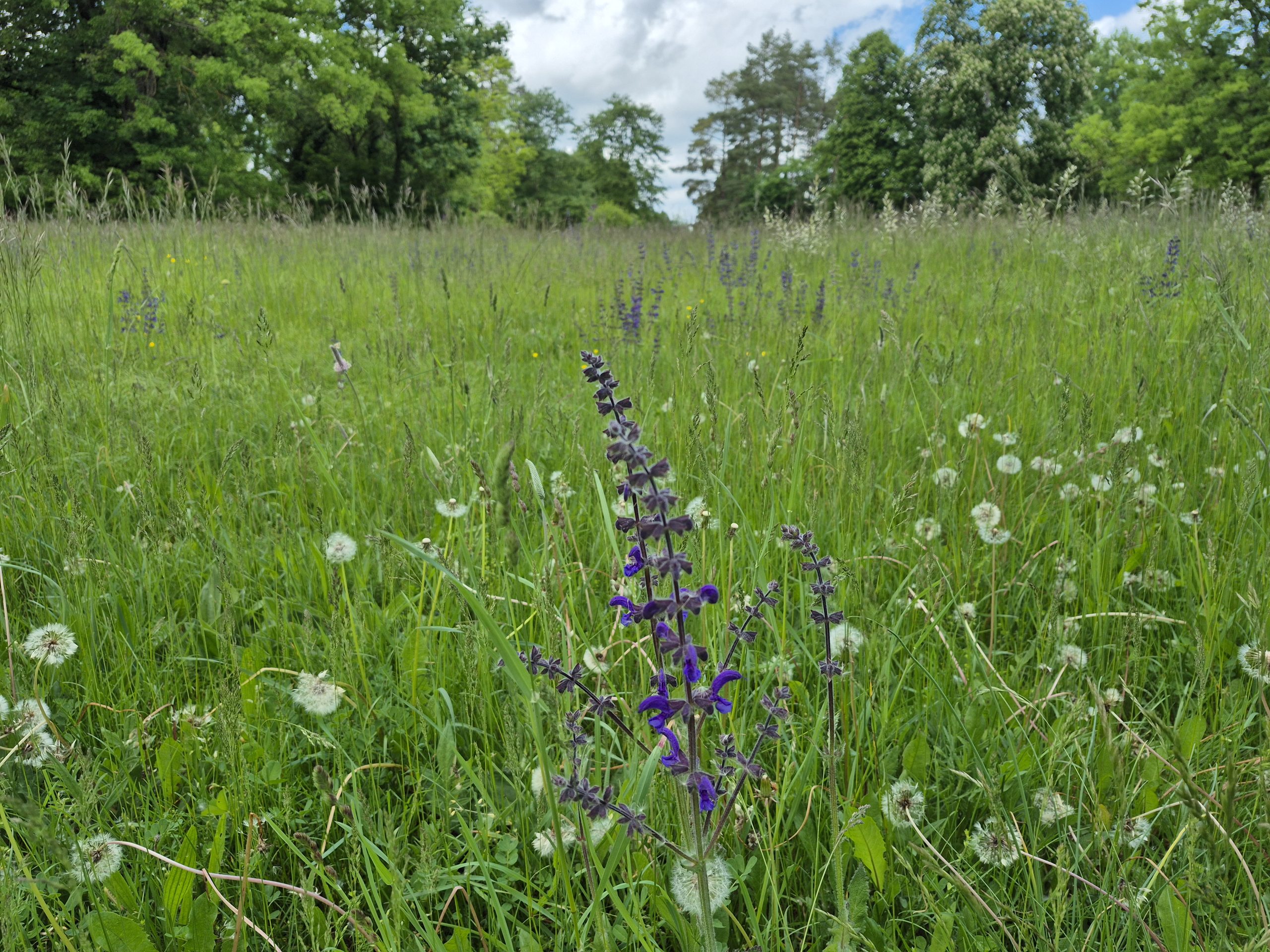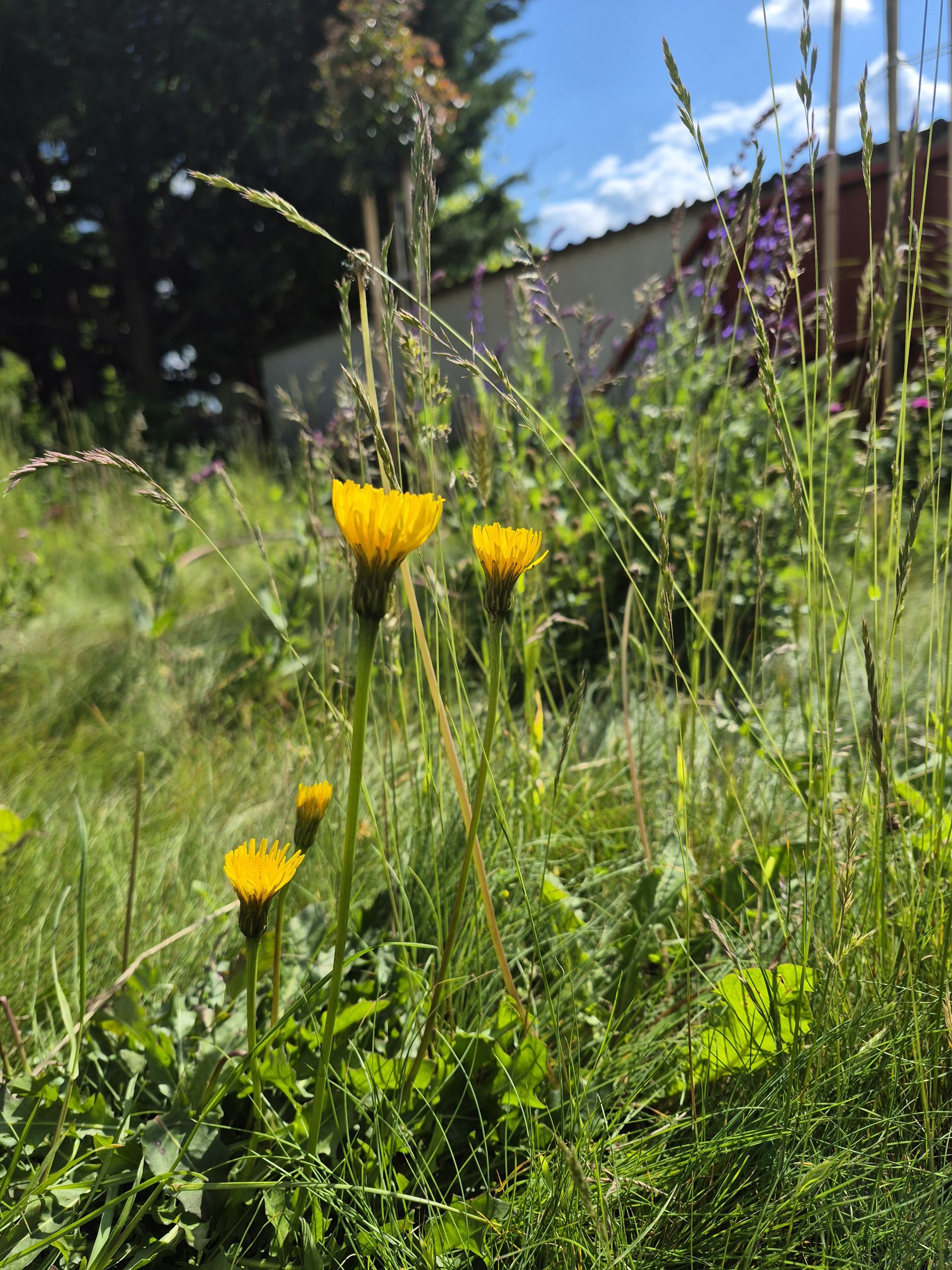In an international team led by Valentin Klaus researchers of the ‘Sustainable Cities’ subproject at HUN-REN Centre for Ecological Research have recently published a comment paper in npj Urban Sustainability about the potential of the EU Nature Restoration Law in making our cities more resilient, biodiverse and liveable.
The European Union’s Nature Restoration Law is a great opportunity and a much needed step in tackling climate change and protecting biodiversity in Europe. Cities make up over 20% of EU land, and restoring urban ecosystems is a great opportunity to make cities greener, healthier, and more sustainable. But right now, the law mostly measures how much green space a city has, not how good that space is for nature. In fact, cities with already high green space may not be required to do much more under the law.
Many city green spaces look nice, but they often lack the variety of native plant and animal species, and those natural features that support a healthy environment. Poor design and pollution can limit their benefits to people, i.e., the ecosystem services provided. This matters because urban nature is crucial – not just for wildlife, but for people’s health, well-being, and protection from heatwaves and floods.
Therefore, the researchers highlight that European cities need even more ambitious nature restoration targets. Urban green spaces must be ecologically rich and diverse, not just large or leafy. That means planting native species, protecting rare habitats, avoiding too much mowing or paving, and adding features like dead wood or ponds to support insects and birds.

Biodiverse and aestethically appealing tallgrass meadow in an urban park in Gödöllő, Hungary
To help make this happen, the study authors propose nine key actions:
- Make biodiversity a key part of urban planning – treat nature as essential, not decorative.
- Set bold targets for restoring native species and ecosystem health.
- Include urban biodiversity in national restoration plans with strong monitoring and long-term goals.
- Show cities as leaders in nature restoration and teach the public about its benefits.
- Give cities expert support and real-life examples to follow.
- Protect rare urban habitats – don’t let infrastructural development or tree planting destroy open areas that are already rich in wildlife.
- Train city staff in ecology, not just landscape design.
- Ensure social fairness – restoration must benefit all residents, not push out poorer communities.
- Measure the current state of urban biodiversity and act quickly to protect what’s left.
Cities have a unique chance to help solve the biodiversity crisis. Unlike farmland or forests, city spaces don’t usually compete with agriculture or timber production. Restoring nature in cities can bring big rewards – from better mental health to cleaner air and even economic benefits like tourism and reduced healthcare costs.
In the comment paper, researchers call on EU countries to use the momentum of the new law to do more – not just create green-looking spaces, but to restore truly biodiverse and resilient urban ecosystems. That’s how we can make our cities better for nature and people.

Good practices in public greenspaces can inspire people to introduce nature into their gardens
The full article here: nature.com
